|
If you play soccer you would know how much running is involved over the course of a season. Statistics released from the recent Soccer World Cup found that the average player would run over 11km per game! From a lower limb perspective, your feet, ankles and knees are placed under large amounts of stress for long periods of time resulting in both acute and chronic injuries of the lower limb, especially if you have flat or high arched feet. Common Acute Foot and Ankle Injuries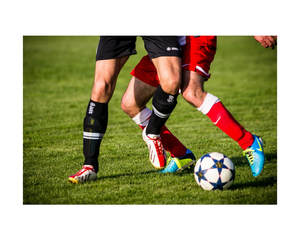 Acute injuries to the feet, ankles and knees can be hard to avoid when playing Commoon sinarios which result in an injury include:
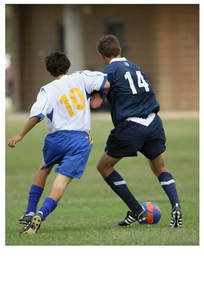 Ankle sprains Ankle sprains are one of the most common injuries seen in many sports including soccer. If you have sustained a sprained ankle, strapping is highly recommended immediately to prevent any further damage to the ligaments that support your ankle. Many players wait too long after they’ve sustained their ankle injury before applying this important technique. Ankle fractures If you are unable to place weight on your foot or talk a few steps with the foot after you have sprained it this can be a sign of a fracture to part of the ankle. If the player is unable to put any weight on their foot, it’s important to come seek help from a podiatrist They will likely refer you for x-ray examination to check for breaks in the bones that make up the ankle joint. Chronic Foot and Ankle Injuries
Chronic foot and ankle injuries are more subtle. They occur after excessive wear and tear, fatigue, poor training technique and unsuitable soccer boots. They may come on suddenly or gradually over time. The earlier these injuries are treated, the better the outcome for the player. Some common chronic injuries include plantar fasciitis (heel pain/spurs), achilles tendinopathy, sesamoiditis, shin splints and ITB syndrome. Treatment and Examination of Soccer Related Foot Problems If you are suffering from any soccer related foot, leg or knee pain, the sooner your treat the problem, the better the long term outcome and faster you will be able to go back on the field pain free. At Cooper and Lourie, we offer many treatment services including low level laser therapy and custom foot orthoses. Bunions are a bony enlargement of the big toe joint which forms when there is movement of big toe towards the middle of the foot and a lump that results on the inside of the foot. Arthritis tends to develop in the joint along with problems fitting into footwear. Hammer toes can often arise as a secondary concern due to the formation of bunions. Arthritis, corns, callous and ingrown toenails often follow. Bunions can be caused by:
Bunions are also caused by poor foot posture where imbalances in the forces on the big toe joint cause the joint to dislocate gradually. This is why people with flat feet or heavily pronated walking patterns are more likely to develop bunions. Excessive movement in your joints and hormone changes can play a role. Symptoms of a bunions differ from person to person however they most commonly include pain, redness and swelling. How can a Katie Nilan podiatry help?
Katie Nilan is specially trained in the latest treatment options of bunions having worked under the guidance of both orthopaedic and podiatric surgeons. We can discuss individually tailored solutions such as muscle strengthening exercises, footwear, stretching, padding techniques and orthotics to help offload the joint so that pain is reduced and the chances of further degeneration of the joint is less likely. Stretching is an activity where a specific muscle or tendon is intentionally elongated in order to improve one’s joint range of motion, flexibility and muscle control while at the same time reducing ones risk of injury.
Unfortunately, if performed incorrectly, stretching can be dangerous and even detrimental to your performance. There are many different techniques for stretching dependent upon which muscle group is being stretched, some techniques may be ineffective to the point of causing tears, hypermobility, instability or permanent damage to the tendons, ligaments and muscle fibres. Should You Stretch Before Exercise? Not necessarily. Numerous studies have found no evidence to support stretching in the prevention of injury, reduction in muscle soreness after exercise nor improvement in athletic performance. The American College of Sports Medicine has found static stretching before athletic sprint events can even weaken performance. Evidence concludes that holding the stretch tires out your muscles! You should warm up by doing dynamic stretches, which are like your workout but at a lower intensity. An ideal warm-up before a run could be a brisk walk, walking lunges, or high steps, or "butt kicks" Start slowly, and gradually ramp up the intensity. Should You Stretch After Exercise? This is a great time to stretch. Everyone is more flexible after exercise due to increased blood flow to the muscles, tendons and joints. This aids the body in recovery and returns muscles back to their pre- exercise length. . Plantar warts, also known as verrucaes, are benign noncancerous growths that occur on the soles or other weight bearing areas of the foot. Pressure from standing and walking often causes them to grow inwards into deep layers of the skin. The human papilloma virus (HPV) invades the body through tiny cuts or breaks in the skin on the bottom of the foot. The virus often transmitted via contaminated surfaces such as tiled floors of gyms and swimming pools, yoga mats and most recently through unsterile instruments at pedicure spas. 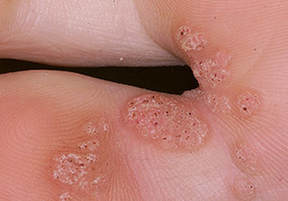 Verrucaes present as
Over-the-counter pharmacy medications contain chemicals that destroy skin cells (e.g. acid) damaging healthy tissue surrounding the wart contributing to it's spreading. Self-treatment for plantar warts using an over-the-counter preparation is not recommended.
At Katie Nilan Podiatry we are able to tailor treatment specifically to your age, activities and medical history. 6 months prior to race day I was sitting in the orthopaedic surgeons office discussing options for my damaged and painful knee. Surgical success rate was only 10% (and I didn't want to go under the knife for a procedure with so little success!). The other option was to strengthen and retrain the muscles around my knee joint to improve its functioning. Employing my knowledge and post grad qualifications in strength rehab and conditioning, I designed a training program to get me functioning back at my full capacity pain free. I competed in that race and qualified for The World Championships. Rehabilitation is a non negotiable for restoring physical strength, cognition and mobility with maximised results. Children’s feet are different to that of adults. When developing, children’s bones are still very soft and are influenced more readily by abnormal pressure and forces. It is very important to nurture our children’s feet as most foot concerns we see in adults have developed since childhood. The Katie Nilan Podiatry team are trained to treat common, acute and chronic foot and lower limb concerns in children of all ages. These include:
No problem is too big or too small! When you have a patient who is a little superstar it is certainly something to write about!
A Big Congratulations to Natalie O'Connor who placed 4th in the World Irish Dancing Championships in Dublin in April this year. Dancing is hard. The long, demanding hours of training would put most of us to shame. Just as musicians must keep their instruments in good working order, so also dancers must pay close attention to the health of their feet. I have had the fortune of looking after Natalie's feet and lower limbs. I help to identify any potential injuries and prevent small issues becoming bigger problems. Congratulations Natalie- you are fantastic With a little under 3 weeks until the City 2 Surf, I thought now was a good a time as any to write a blog about tapering. Love it or loathe it, tapering is a fantastic element that you can incorporate into your training program to improve your race results! Many athletes fail to realise that one of the most important aspects of marathon training is the taper phase. Taper, or tapering, refers to a reduction in training (either in distance or intensity) in preparation for race day. Numerous studies have concluded that tapering is essential for best performance and can be undertaken from as little as one week out from race day (a 10km running event) to two or three weeks out (a Marathon event). Research by the journal Medicine and Science in Sports and Exercise found athletes who tapered showed improved performance times by up to 3 percent with better running economy. This translates of 5 to 10 minutes improvements in a marathon event.
Here are some tips on how to get the most out of tapering: 3 weeks out from race day This week sees a reduction in weekly training volume by 20 to 25% (Woo Hoo!). This can also be done by giving yourself an extra rest day or by simply cutting out mileage from your regular recovery runs. This reduction in mileage promotes restocking of depleted energy supply, repair of damaged tissues and aids recovery. The combination of decreased workload and increased rest can be invigorating—expect to feel excited, anxious, or both! 2 weeks out from race day This week sees a reduction in training volume by an additional 15 to 20 percent. If you are a 80km/ week runner, this week sees you clocking 55 to 60km. If you’re targeting a time goal on race day, the following workout during your longer weekly runs will help you keep on track. Warm up for 10 to 15 minutes with a light jog, then run one kilometre at 30 seconds faster pace than your planned race pace, followed by one kilometre at 30 seconds slower than race pace. Repeat two to four times. Rest for two days. This will keep your body sharp for race day. 1 week out from race day If you thought the training was tough, wait until you reduce your mileage this week! It takes discipline and confidence to give your body the rest it needs. All the hard work is done and the goal this week is to stay rested and relaxed (yes, you read it here!) which will encourage you to mentally into “race mode”. This week sees a reduction in your typical weekly km's by 50 to 60%. Reduce your running to just four days this week. A very light, race-pace workout early in the week will help you stay switched on and alleviate some nerves. Remember: During this final week, you can’t under-do. You can only overdo. I personally like going for a light run the day before a marathon. Anything up to 5km works well for me. This actively encourages blood flow to the legs and will help you feel less anxious. This also helps activate the central nervous system, which will enable your legs to respond better on race day! Just remember that you’ve put in the all the hard work with training, don’t go overboard on the taper. GOOD LUCK! 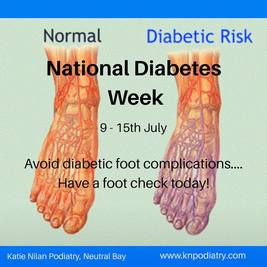 Diabetes is the fasting growing chronic condition in Australia. It is recognised by ones inability to maintain healthy levels of glucose in the blood[1]. The prevalence of diabetes in Australia has tripled in the last 30 years[2].One in six people over the age of 65 years have Type 2 diabetes, however for every 4 adults diagnosed, one goes undiagnosed [3] . This week marks National Diabetes Awareness Week. Diabetes is responsible for cardiovascular disease (such as heart and blood vessel disease, stroke and heart attack), chronic kidney disease and loss of vision. As a podiatrist, I see the destruction diabetes can do to the foot and lower limb on a daily basis. If left unchecked, nerve damage also known as diabetic neuropathy and peripheral vascular disease may result in trauma leading to diabetic ulcers and possible amputation. The Word Health Organisation recommends diabetics visit a podiatrist twice a year for diabetic foot check and assessment [4]. Are you at risk of developing Type 2 diabetes? Take this Diabetes Risk Assessment tool to learn more: Katie Nilan Podiatry is located on the Ground Floor of 153 Wycombe Rd, Neutral Bay (cnr Yeo St). This beautiful federation house is well known by Lower North Shore residents as a Medical Hub for the last 100 years. Our rooms are filled with natural light, comfortable and easily accessible.
For patients with walking aids, wheelchairs or arthritic knees there are no steps, allowing pain–free access in and out of the clinic. The clinic is in line with podiatry practice accreditation standards. We have onsite sterilization and orthotic manufacturing labs to guarantee clients high standards in quality of care. We are open 5 days a week, late night appointments available on request. |
AuthorKatie Nilan is a podiatrist who is passionate about what she does. She has written for the Australian Women's Health Magazine & was awarded "Pride of professionalism and services to Community Award" by Sydney Rotary. She has represented Australia in 3 sports: swimming, triathlon & surf lifesaving. Archives
May 2018
Categories |

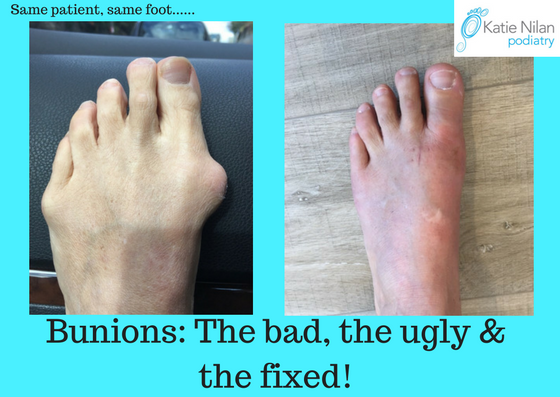
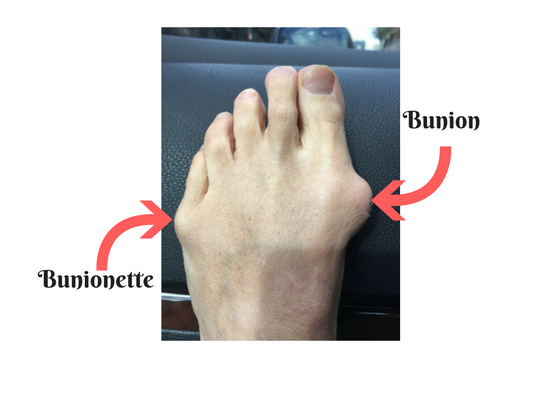
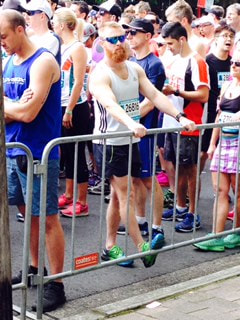
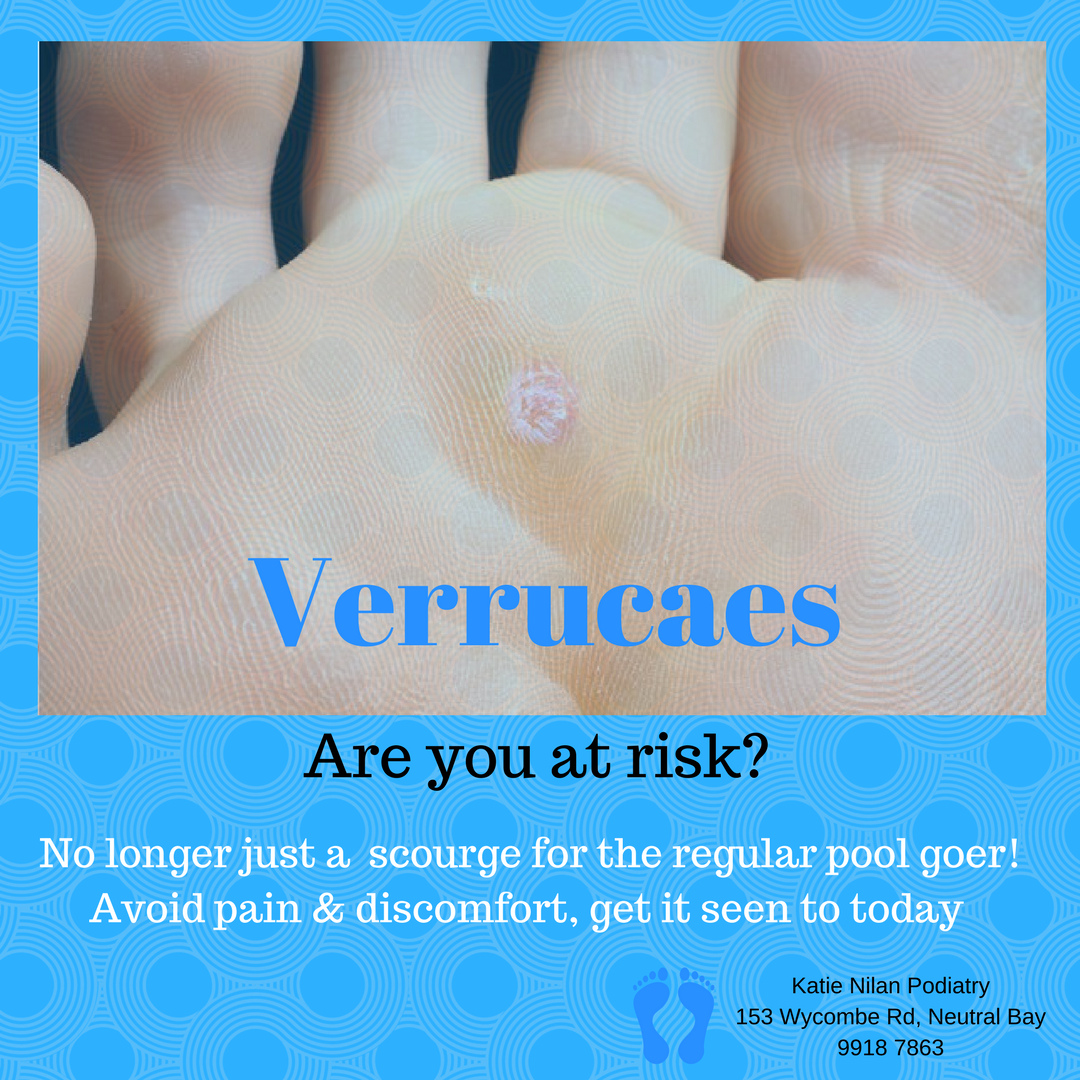
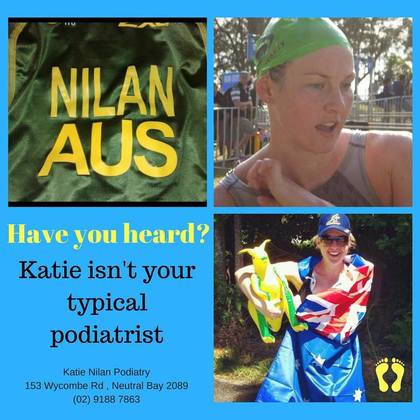
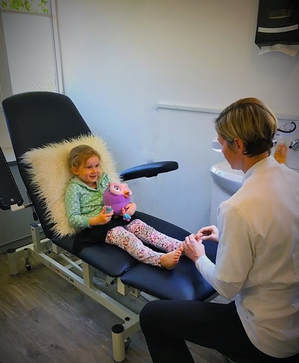
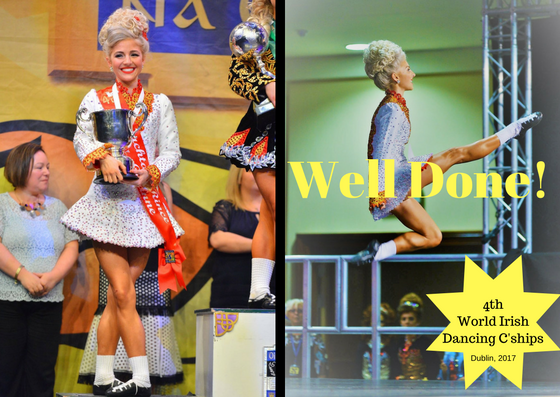
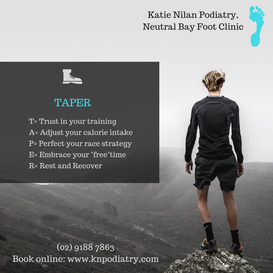
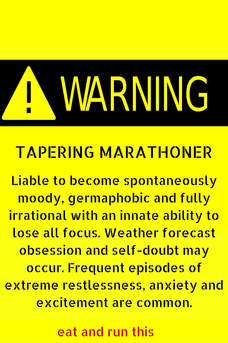
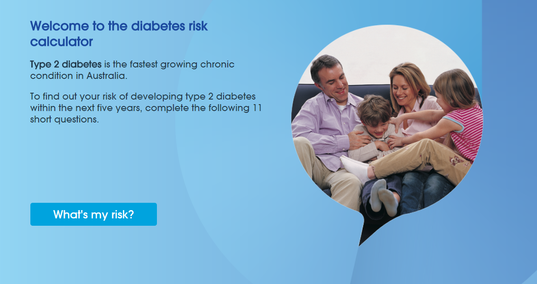
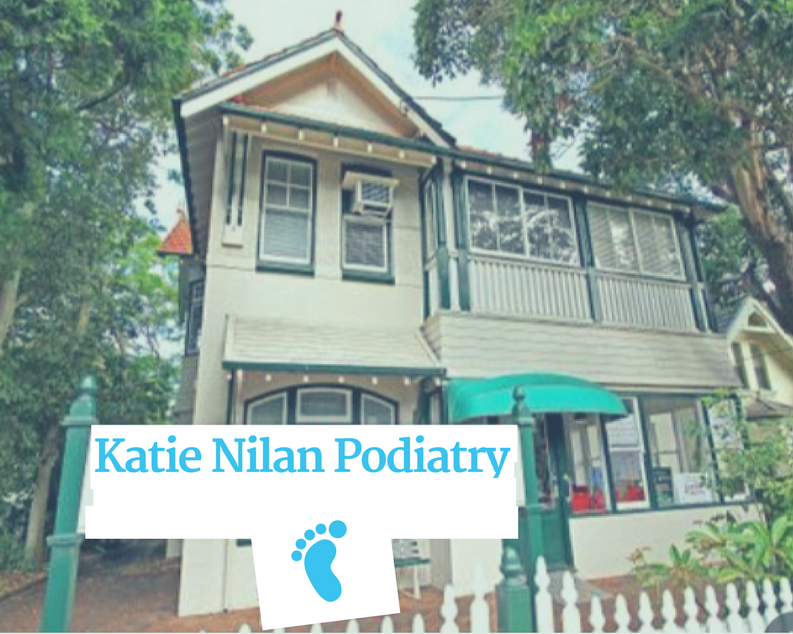
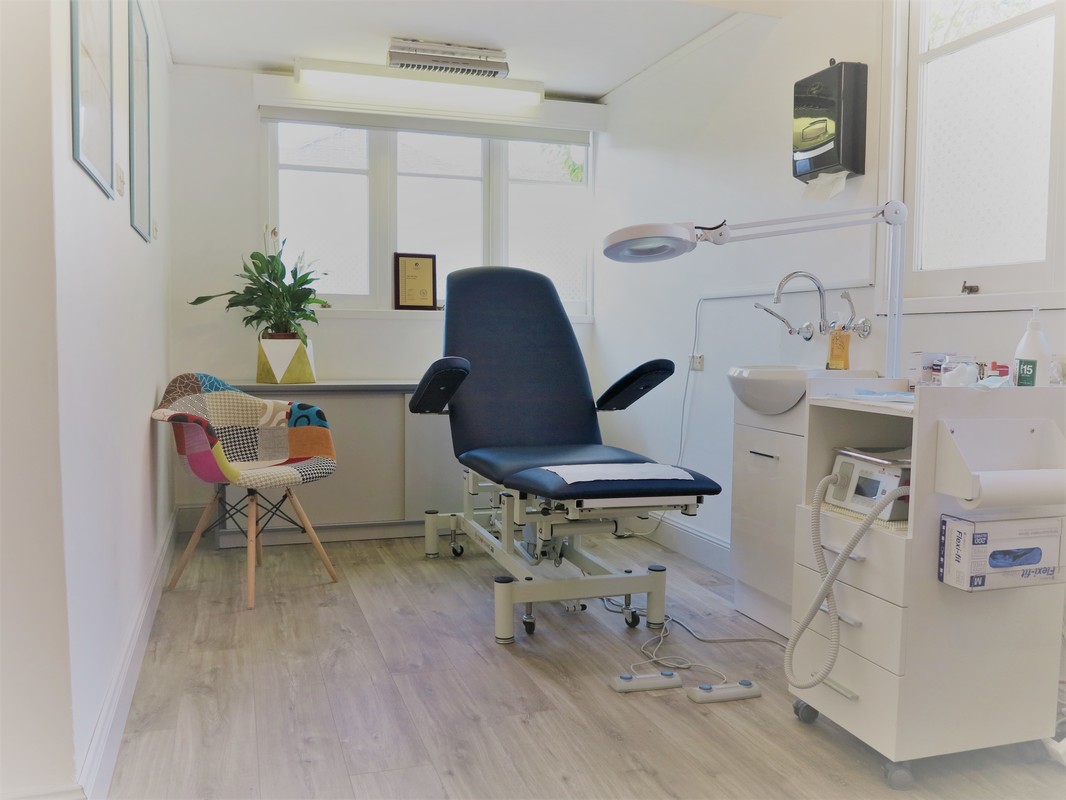
 RSS Feed
RSS Feed